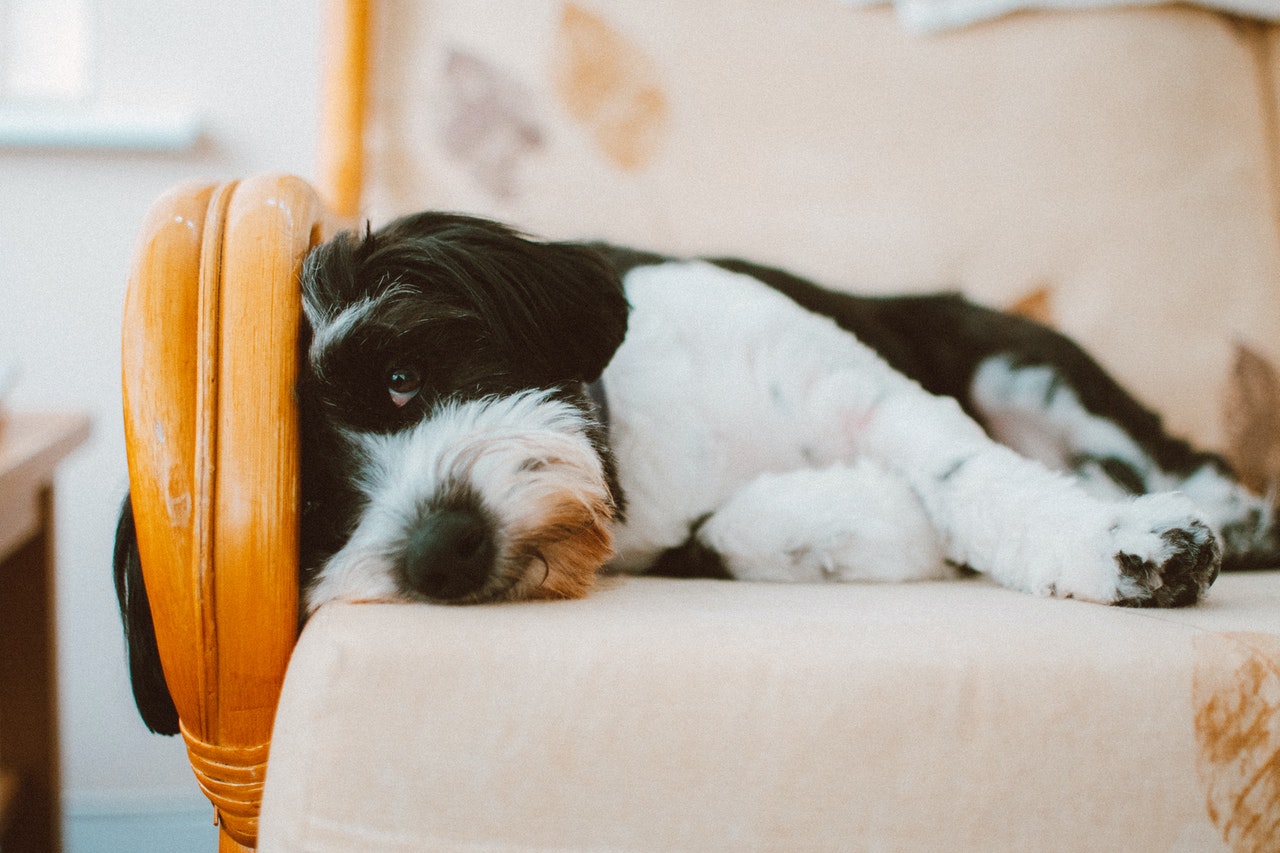
Separation anxiety is when the dog is highly attached to the owner that they exhibit distress and behavioral problems. Separation anxiety typically manifests from the minute you walk out the door. All dogs have different ways of expressing their separation anxiety - some whine and some leave a bit of mischief while you're out. It is a serious condition and it is one of the reasons owners get frustrated and give their dogs up.
What are the Signs of Separation Anxiety in Dogs?
Before you conclude that your dog has separation anxiety, you need to know the signs and symptoms first. Dogs exhibit stress in various ways and these symptoms may be similar to separation anxiety. One or two of the symptoms below may not be a definite sign of SA, but if they are suffering multiple symptoms regularly, then they may be suffering from this condition.
Chewing, digging, destruction
Most dogs with separation anxiety will exhibit destructive behaviors such as chewing doors in an attempt to escape. Destroying couches, and your objects may also be at risk.
Urinating and defecating
If your perfectly-trained dog suddenly started having accidents when left alone, then they may have separation anxiety.
Howling and barking
When they have separation anxiety, they may bark or howl when left alone or when separated from their human parents. If your neighbor has been constantly complaining about your dog's barking when you leave home, then they may have this condition.
Escaping
When your dog has separation anxiety, they may try to escape in the area where they are confined alone or separated from their human parents. They might attempt to chew through doors, windows, etc., which can cause self-injury such as broken teeth, cuts, scrapes, and damaged nails.
When your dog experiences any of the above symptoms, do not scold or punish them. Their anxious behaviors are not a result of their disobedience; instead, they are in distress. If you punish them, they could become more upset and the condition can get worse.
How to Treat Separation Anxiety
The earlier you spot separation anxiety in your dog, the easier it is to treat it. When this behavior stays with them for a long time, it will be hard-wired to the brain and will be a lot harder to treat. Here are some ways to treat this condition:
Behavior training
A certified dog trainer or behaviorist can work with you and create a program that will slowly teach your dog to behave properly when left alone. They will work to change your dog's negative association with being alone to positive by keeping them occupied when you're out.
Medical Treatment
Sometimes behavioral training may not be enough and in this case, vets recommend medications to relieve them of their anxiety. The medications your pet will take are also used to treat depression, panic disorder, and anxiety and it requires a prescription from the vet. Don't worry because these treatments are completely safe for your pet.
